16 Jan
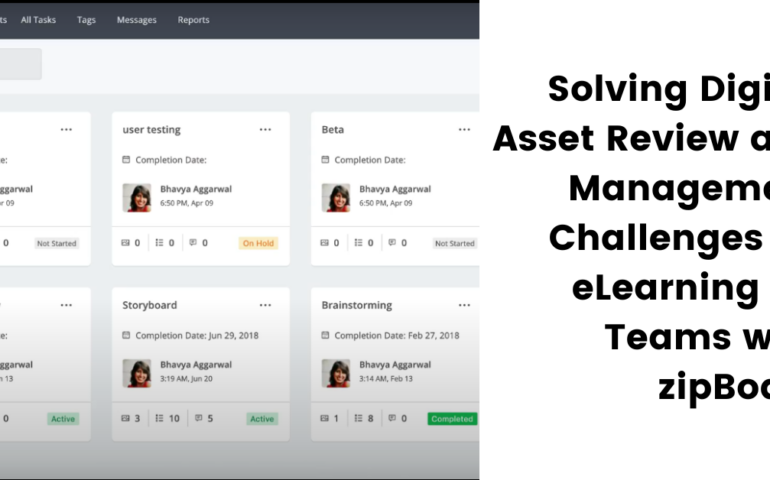
Solving Digital Asset Review and Management Challenges for eLearning QA Teams with zipBoard
The eLearning development process is a complex mix of content creation, instructional design, and technological implementation. At the heart of this process lies Quality Assurance (QA), a critical component that ensures the integrity and effectiveness of the educational experience. Due to this, neglecting eLearning QA can lead to significant risks, including the dissemination of incorrect
14 Apr

Creating high quality eLearning courses with zipBoard | In conversation with John Just
KnowBe4 - the world’s largest security awareness training company shares its best practices for creating quality online learning
30 Jul

6 Tips To Establish A Project Management Process in Learning Development
Learning Creation can tend to be chaotic, if proper processes are not followed. Missing deadlines and ineffective content also results from an unplanned learning delivery. Assigning roles and priorities can help create a repeatable process in e-learning. Here are a few tips to establish an effective process for learning delivery
01 Aug

Is Your Instructional Design Strategy Right For Your eLearning Project?
Implementing instruction and collaborating with Subject Matters Experts aside, the early stages of planning and designing an effective learning experience are influenced greatly by the Instructional Design strategy employed.
11 Apr
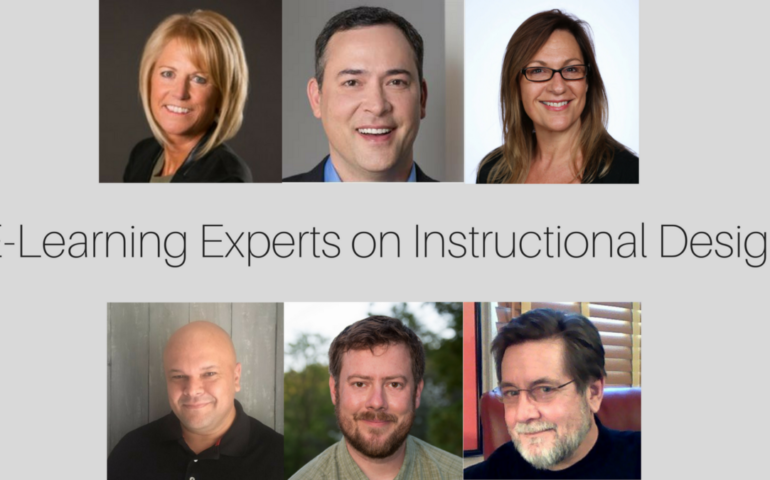
E-Learning Experts On Instructional Design
In the past few weeks, zipBoard’s blog has explored various aspects of instructional design. Right from understanding what is instructional design, its underlying theories, the various instructional design models and processes, to the key aspects to remember during the instructional design process
29 Mar

Understanding Instructional Design
But that would be an oversimplification of the process of instructional design and the work that goes into designing and developing learning experiences. If learning was indeed that simple then we all could possibly be self-learners, or autodidacts, from reading Wikipedia articles. The science and art that goes into building conducive learning environments and experiences
21 Mar
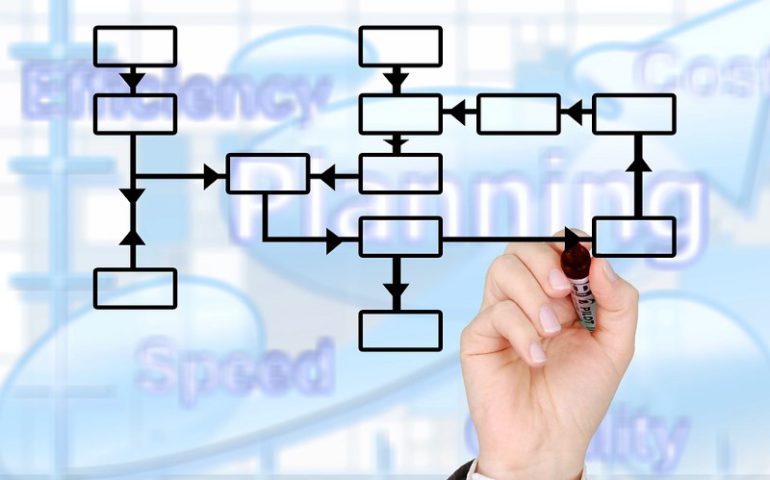
The Basics of Instructional Design Processes
Instructional designers and eLearning developers need to pick the right delivery method for their eLearning courses. Whether working on curriculum development for corporate learning solutions or for implementing eLearning in schools and K-12 education, there is a host of instructional design models to pick from.
20 Jun

Into The E-Learning World with Andy Petroski
Andy Petroski has been working in the digital learning domain for close to two decades, working in a variety of roles ranging from instructional designer and multimedia producer to project manager and now, as Senior New Product Development Consultant for the Harrisburg University of Science and Technology & as a Partner at Allegro Learning Solutions.
16 May
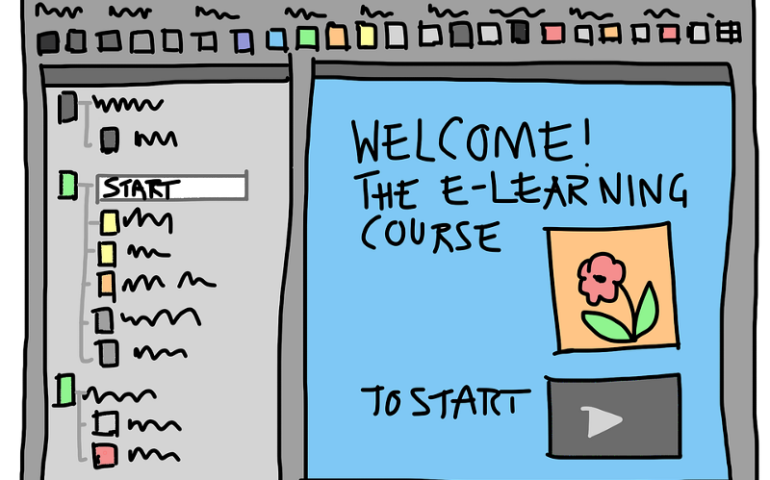
eLearning Tools for Designing Better Courses
isted in this article is an extensive list of eLearning tools and resources that help build eLearning courses better and faster. From authoring tools, to audio-video tools, to icon resources, these are all the eLearning tools that help instructional designers:
17 Jan
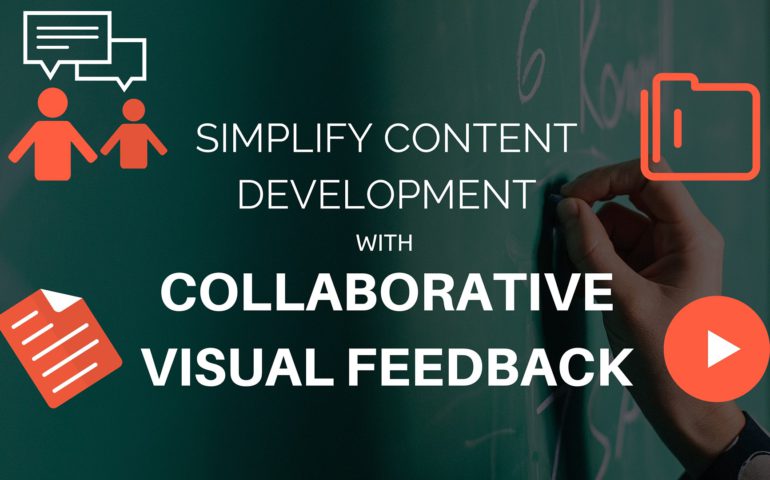
Simplify e-Learning Content Development With Visual Feedback
e-Learning content development is a collaborative process and involves multiple stakeholders, including Instructional Designers, web developers, graphics designers, and content writers. In addition to this, the eLearning content development team must also work together with Subject Matter Experts and customers. All of these stakeholders must work together to create the course, while moving from one
